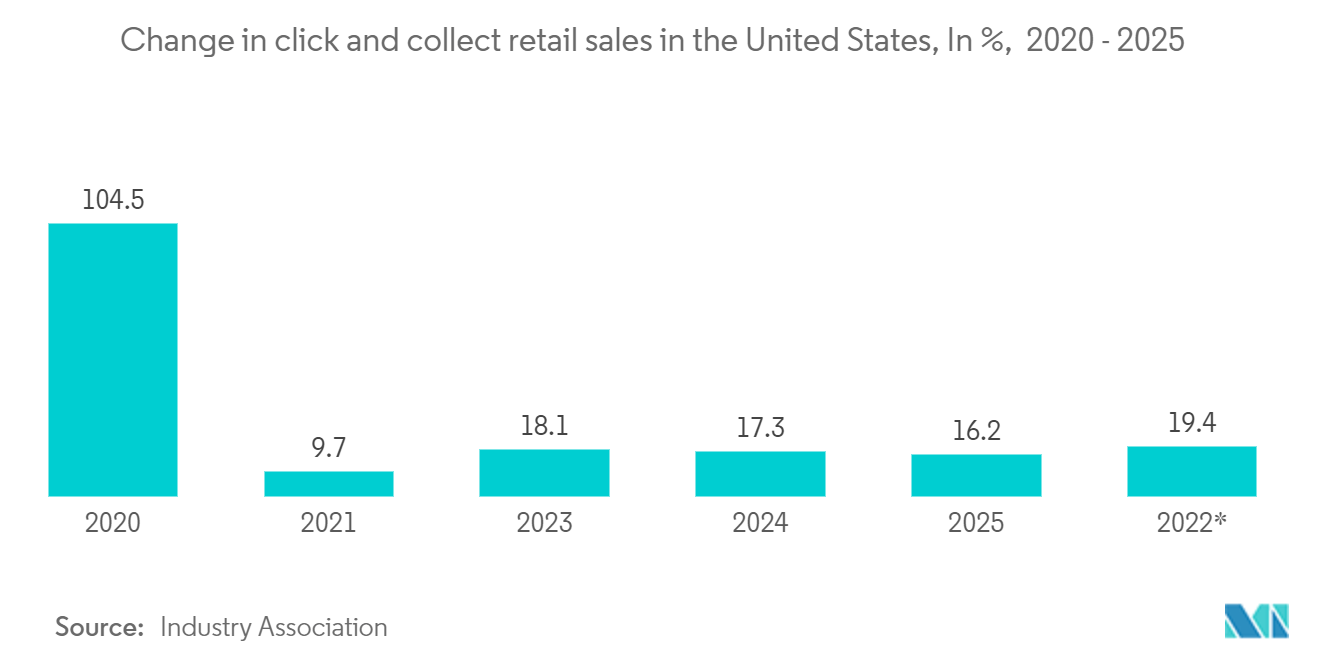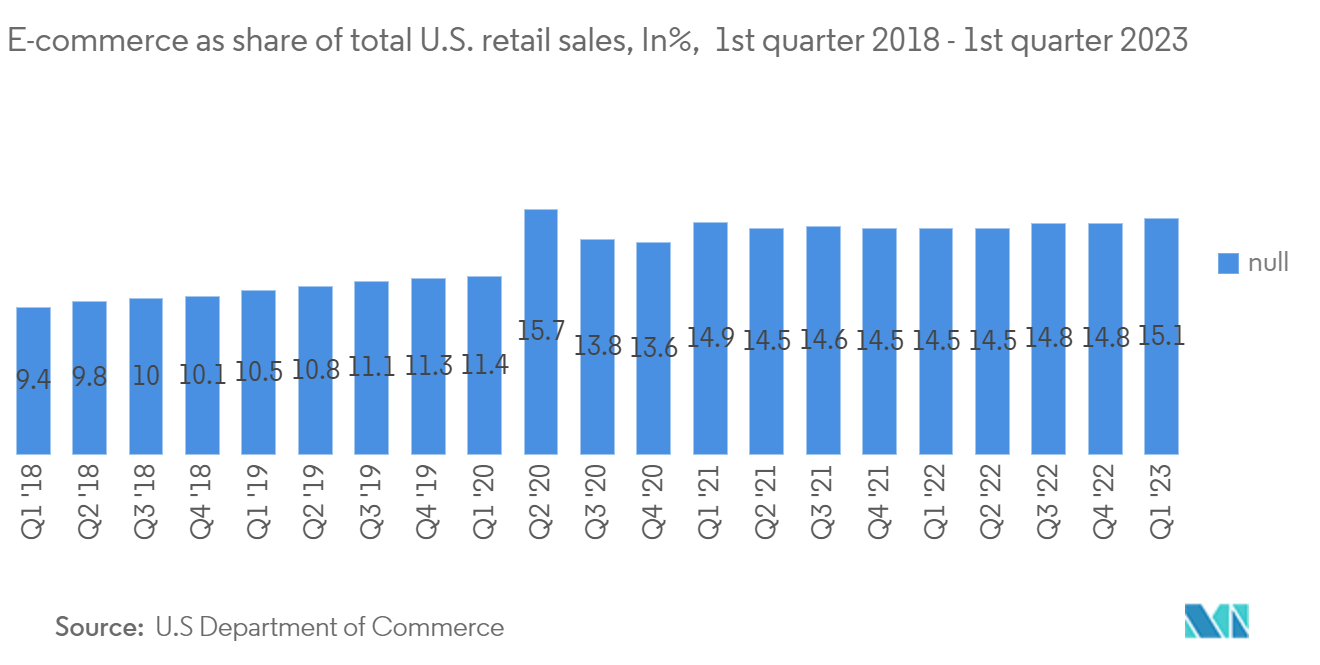Market Trends of US E-commerce Logistics Industry
Upgrade e-commerce with new supply chain technology
As digitalization continues to revolutionize industries around the world, it’s only natural that supply chain technology will also need a refresh or two – not only for small and medium-sized enterprises (SMEs) looking to optimize their supply chains but also to keep up with their competition.
Artificial intelligence (AI) plays a significant role in e-commerce, as it can be used to enhance customer service in the form of intelligent product recommendation, personalization, virtual assistants, and chatbots, among others. In addition to e-commerce, supply chains can also benefit from technologies like machine learning, which helps with planning and demand forecasting, as well as data analytics, which optimizes and automates inventory management. Augmented reality (AR) can also be used to create a more immersive experience when introducing a product. For example, many cosmetics brands use AR software that allows customers to ‘try on’ products before making a purchase.

Growing Preference for online Shopping Post Pandemic May Impede Market Growth
Online shopping is a popular activity among consumers of all ages; however, digital shopping is most prevalent among the younger generation of internet users, with approximately 55% of Millennials purchasing goods online in 2022. Additionally, mobile commerce is becoming increasingly popular, with consumers relying more and more on their mobile devices and apps for shopping. In the Q4 of 2022, mobile commerce accounted for 38% of total online expenditure in the U.S.
According to the Census Bureau’s Department of Commerce, the first-quarter e-commerce revenue for the U.S., adjusted for seasonal variations (but not price variations), was USD 272,6 billion, a 3.0% increase from the fourth quarter of 2022. The first-quarter total retail sales were USD 1.799 billion, a 0.9% increase from the first quarter of 2022 and a 7.4% increase from the second quarter of 2021. E-commerce revenue in the first quarter of 2023 represented 15.1% of total retail sales, up from 15.1% in the first quarters of 2022.


